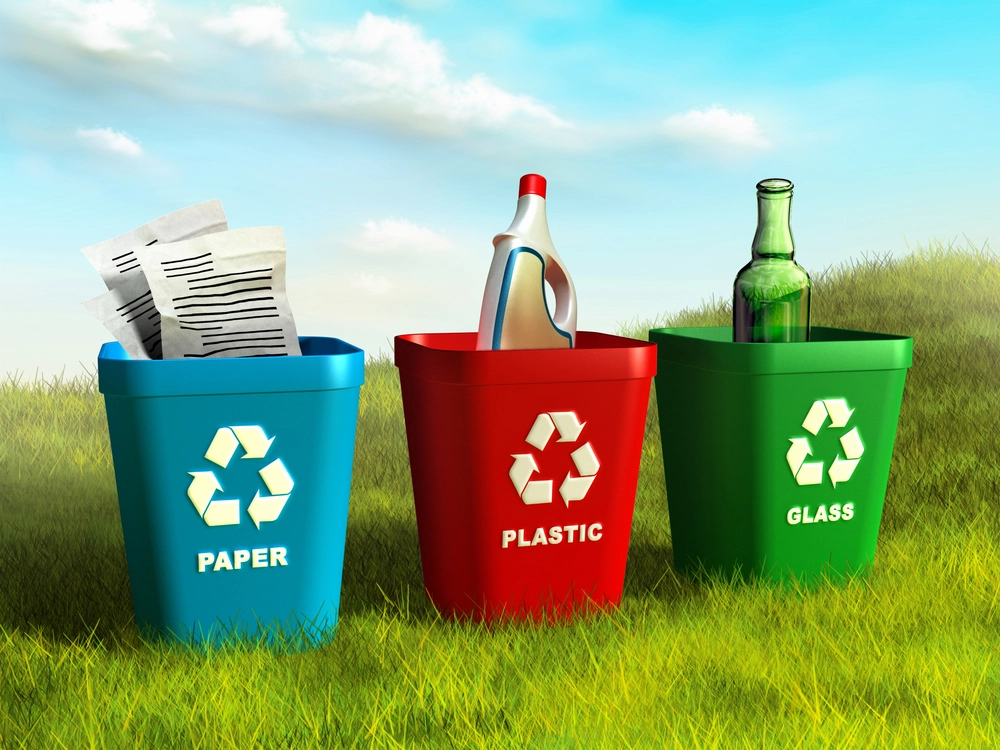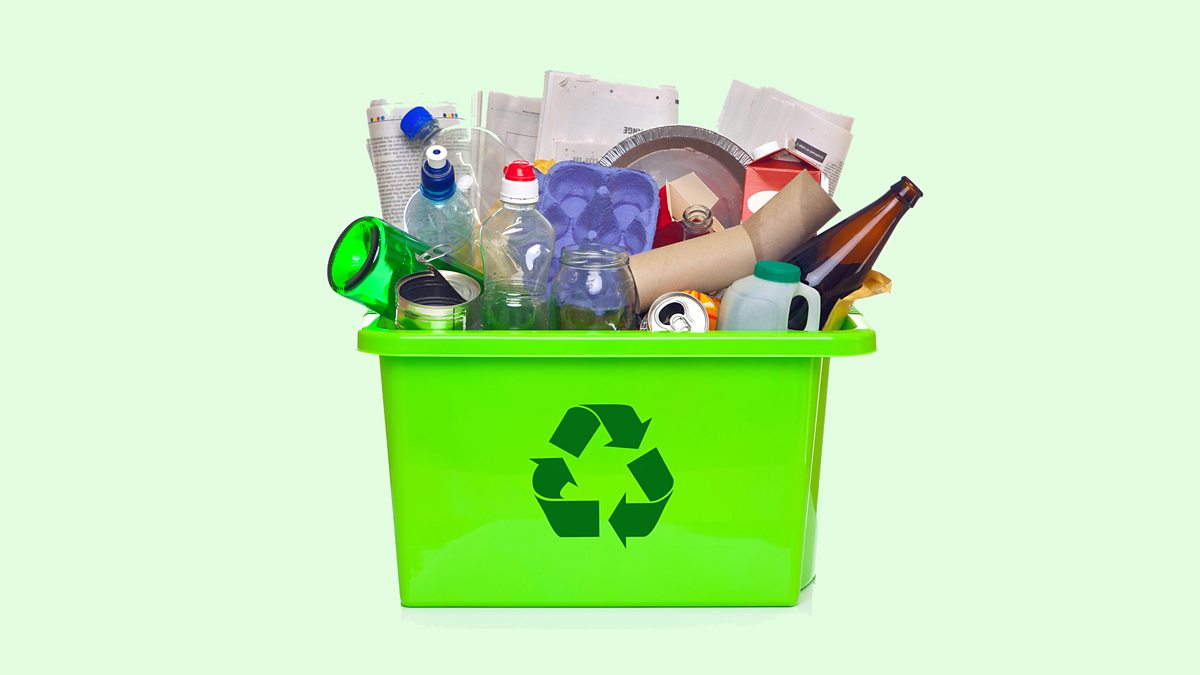Recycling is the process of converting waste materials into new products with the goal of reducing waste, conserving resources, and reducing environmental pollution. Recycling plays a crucial role in modern society, as it enables us to reduce our environmental footprint and promote sustainability. In this article, we will explore what recycling is, why it’s important, and how it works.
What is Recycling?
Recycling is the process of collecting and processing materials that would otherwise be thrown away as trash and turning them into new products. These materials can range from paper, plastic, glass, and metals to electronic waste, textiles, and even organic matter. Recycling aims to reduce the amount of waste sent to landfills or incinerators, conserve natural resources, and reduce pollution.
Why is Recycling Important?
Recycling is essential for sustainable living, as it helps to conserve resources, reduce pollution, and minimize waste. Here are some of the key reasons why recycling is important:
- Conserves Resources: Recycling helps to conserve natural resources such as timber, minerals, and water. By recycling materials, we can reduce the amount of energy required to extract these resources from the earth, which in turn reduces greenhouse gas emissions and saves energy.
- Reduces Pollution: Recycling also helps to reduce pollution, as it reduces the need to extract and process raw materials. Mining, logging, and other extractive industries can cause significant environmental damage, including deforestation, soil erosion, water pollution, and air pollution. By recycling materials, we can reduce the demand for these activities and prevent further damage to our planet.
- Minimizes Waste: Recycling helps to minimize waste by diverting materials from landfills and incinerators. This not only saves space in landfills but also reduces the amount of methane gas released into the atmosphere. Methane is a potent greenhouse gas that contributes to climate change.
- Saves Energy: Recycling also saves energy, as it requires less energy to recycle materials than to extract and process new materials. For example, recycling aluminum cans saves up to 95% of the energy needed to produce new cans from bauxite ore.

How Does Recycling Work?
Recycling is a complex process that involves several stages, from collection to processing to manufacturing. Here’s a step-by-step guide to how recycling works:
- Collection: The first step in the recycling process is collection. Recycling programs typically provide households and businesses with recycling bins or containers, which they can use to separate recyclable materials from non-recyclable waste. Some communities also offer curbside pickup services to collect recyclable materials from households.
- Sorting: Once the recyclable materials have been collected, they are transported to a sorting facility, where they are sorted into different categories. This can be done manually or using advanced technology such as optical sorting machines.
- Processing: After sorting, the recyclable materials are processed to remove any contaminants and prepare them for recycling. For example, plastic bottles may be shredded and cleaned to remove labels and residue, while paper may be pulped and screened to remove ink and other impurities.
- Manufacturing: Once the materials have been processed, they are ready to be used in the manufacturing of new products. For example, recycled plastic can be used to make new bottles, while recycled paper can be used to make new packaging materials.
- Distribution: The final step in the recycling process is distribution. The new products are distributed to retailers and consumers, who can then use them and recycle them again at the end of their lifecycle.
Recycling Tips
Recycling is a simple but effective way to reduce waste and promote sustainability. Here are some tips to help you recycle more effectively:
-
- Keep it Clean: Contaminants such as food residue or non-recyclable materials can cause problems for recycling facilities. Make sure to rinse out containers and remove any non-recyclable components before placing them in your recycling bin.
- Reduce, Reuse, and Recycle: Recycling is just one part of the sustainability equation. Reduce your consumption of single-use products, reuse items whenever possible, and then recycle when you can no longer use them.
- Don’t Bag It: Avoid placing recyclable materials in plastic bags, as they can get tangled in machinery and cause problems for recycling facilities. Instead, place recyclable materials directly into your recycling bin or use a reusable bag.
- Get Involved: Recycling is a community effort. Get involved with your local recycling program or environmental organizations to learn more about recycling and how you can make a difference. Know What to Recycle: Make sure you know what materials are recyclable in your area. Check with your local recycling program to find out about what materials can be recycled and how to properly prepare them for recycling.
Conclusion
- Recycling is an essential part of sustainable living, as it helps to conserve resources, reduce pollution, and minimize waste. By recycling materials, we can reduce the amount of waste sent to landfills or incinerators, conserve natural resources, and reduce pollution. Understanding how recycling works and following simple tips can help us all become more effective recyclers and promote a healthier planet for future generations.

